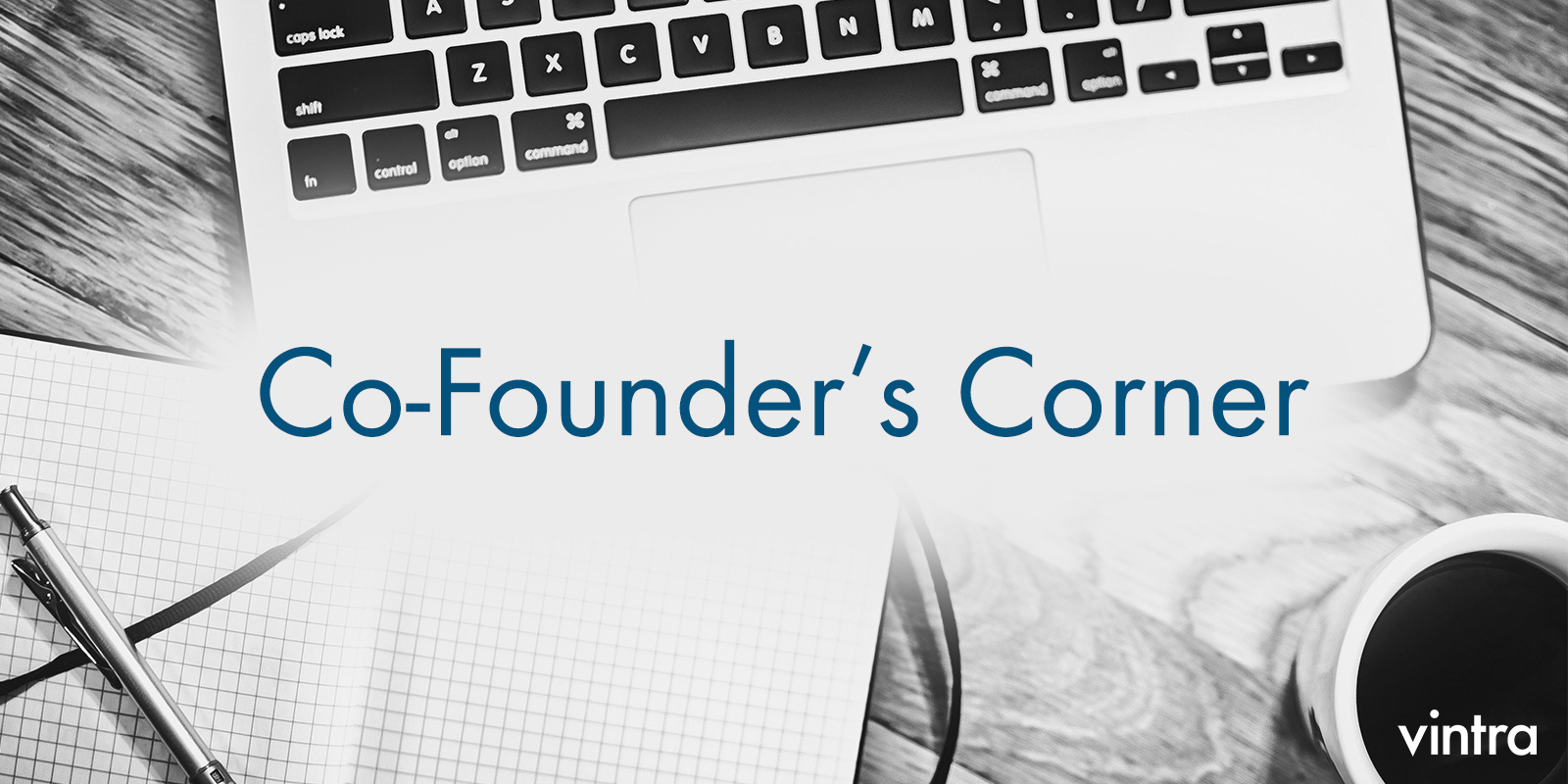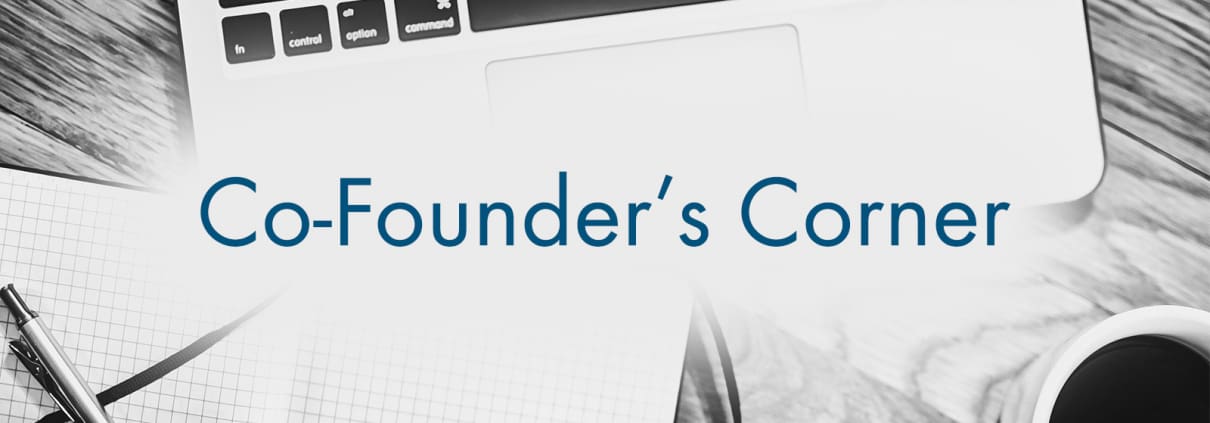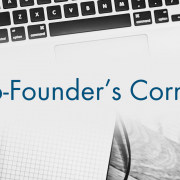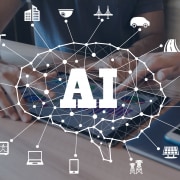2022 Trend #2: Striking a Fine Balance Between Individual Privacy and Collective Security

Continuing our dive into the most prominent and customer trends of 2022.
The world of AI technology has been evolving at an exponential pace over the last several years. As large-scale organizations continue to implement AI in a multitude of never-before seen ways, companies have been encountering newfound concerns associated with the technology. With nearly six billion search results on Google related to “privacy and security,” companies are increasingly seeking to create cohesive security infrastructures that simultaneously address ever-growing privacy concerns.
One telling statistic showed that an in-depth analysis of data breaches experienced by over 500 organizations exposed customers’ personally identifiable information 80% of the time.
Across many organizations, security and safety teams are increasingly a key source of data coming from a multitude of powerful sensors, including badge readers, turnstiles, video surveillance equipment and more. Although these technologies have dramatically improved the safety and security of any given campus, these advancements do not come without their own unique set of challenges. Growing privacy concerns related to data usage have created a stark dichotomy between protecting the security of employees and personnel and remaining cognizant of potential data privacy threats.
Bridging the gap between strict security standards and upholding privacy protection requires the right technologies, a unification of trust and ongoing communication. If executed well, this mix can create a strong sense of transparency that helps employees feel safe and secure on campus while protecting their security rights at the same time. Our team recently looked at some of the most exciting advancements in AI-powered video intelligence and how they are changing the physical security space for 2022 and beyond.
Privacy Concerns
Privacy is a top concern when it comes to digital technology usage today. According to a recent survey conducted by the United States Department of Commerce—nearly 75% of online households have digital privacy and security concerns. Even more alarming, every single day, the NSA is said to intercept over 1.7 billion communications ranging from telephone calls to emails to tweets. Privacy in the digital world may not exist in the way many would hope to believe.
Organizations must do everything in their power to protect the security of individuals while still protecting the integrity of their institutions. And for those organizations that experience privacy violations, the results can be devastating. Financial damages and a loss of consumer trust can result if customers do not feel companies are upholding strong security standards.
As an important part of these security measures, video surveillance often walks a fine line between privacy and security. In physical security, the use of facial recognition technology as part of biometric security has changed dramatically in recent years. But while this advanced technology can help mitigate ongoing risks such as unauthorized access and tailgating, many companies are facing scrutiny from their key stakeholders about the capture and use of that biometric data as part of a larger security strategy.
With the pendulum swinging from broader implementation a few years ago to a more-cautious outlook today, companies are attempting to strike a fine balance between individual privacy and collective security.
At Vintra, we believe that establishing this balance is a critical and achievable goal – which is why we make it easy for our customers to simply turn off facial recognition as they deploy our AI-powered video analytics. Instead, our software can search for and locate individuals using our industry-leading Re-ID technology. In the case of a person, this creates a whole-body signature, resulting in valuable insights – without using a face and related PII – that can help detect potential security issues before they become a threat.
Bridging the gap between strict security standards and upholding privacy protection requires the right technologies, a unification of trust and ongoing communication.
Security Risks
From a physical and cyber assault standpoint, the workplace has never been a riskier place to be. In fact, in the US there are roughly 2 million victims of workplace violence each year and 68% of employees do not feel safe in the workplace. Accordingly, security professionals are even more driven to not only react quickly to issues as they occur, but they are also driving new conversations regarding the ability to prevent these expensive issues from occurring in the first place.
AI-powered video analytics solutions can help organizations maintain and establish safe and productive workplace environments, helping security professionals gain key situational awareness of potential issues before they become costly risks.
Furthermore, AI can be a valuable tool for detecting potential threats early and responding to incidents in an expedited manner to dramatically increase investigative results. In the end, a better-managed and maintained campus (enabled and streamlined by AI) helps security teams create a safe and secure working environment – leading to demonstrable business outcomes. In fact, according to a McKinsey Global Survey, companies that have adopted AI reported a measurable uptick in business revenue and 44% of organizations say that AI security has reduced security costs.
At the same time, this value does not come without risks. Balancing security and risk requires physical security teams to closely manage and monitor the data collected across their employee, employee and vendor bases, especially regarding how that data is protected, handled and distributed. Data must be collected, secured and distributed strictly on a need-to-know basis. Data gatekeepers must only share information with vendors and other third parties if absolutely necessary.
Think of how a human resources department manages data with employees before, during and after their tenure with a company. Each member of a different personnel team may have limited access to sensitive data, including:
- Interviewers: while some interviewers may be able to see salary and other personal information, others (in or outside of that department) may not
- Managers: these higher-ranking employees may be granted access on an as-needed basis to provide information regarding employee performance and job-related duties
- Colleagues: employees may have access to information related to their colleagues such as phone numbers, email addresses, birthdates and other general information
- Human resources: HR staff may have access to certain files as a means of ensuring personal information is kept up-to-date
Understanding which users have access to detailed information is of critical importance when it comes to managing physical security risks as well. Establishing an airtight framework that protects the proper dissemination of data is essential to maintaining and upholding adequate privacy standards.
With workplace threats increasing, business leaders must establish standards and procedures for handling and safeguarding security data in order to minimize these potential physical security risks.
Quis Custodiet Ipsos Custodes?
Creating a safe and secure workplace environment with a sense of transparency is great in theory, but can be difficult when it comes to implementation. Having security professionals and safety protocols in place is critical for protecting a company’s people, places and assets, but often a single question (excuse my Latin!) remains: “Who is watching the watchmen?”
Having appropriate security software in place can help protect employees and visitors from threats, but only if it is used properly. Security software also has the potential to be used for malicious intent if it falls in the wrong hands. Let’s say a security guard is stalking an ex-lover or another employee across campus tracking their every movement; this could create a scenario where the software is utilized for wrongful purposes rather than protecting the sanctity of the workplace.
At Vintra, we’re well aware of this potential and have built safeguards into our software. We log all user searches and maintain all pertinent information regarding individual usage to ensure our platform isn’t being used for malicious or deceitful purposes. Vintra Fortify provides in-depth reports that create an additional level of transparency as part of our best-practices approach.
Instead of deploying technology in the shadows and risk it being misunderstood, being more public with business practices can help to establish emerging frameworks for security data governance. Vintra’s innovative AI technologies can help to balance security with privacy while bringing to light potential challenges and differences in a transparent and communicative manner.
Supporting Privacy while Protecting Security
Creating technology solutions that are privacy centric and security minded will allow enterprise corporations to thrive in today’s growing digital landscape. With corporations continuing to view physical security infrastructures as valuable organizational assets, companies must be able analyze data metrics while deriving useful data insights moving forward.
Using flexible technologies that run at only critical areas can help ensure safety while limiting potential privacy concerns. Key advancements in AI technology can provide a balance between data and employee rights.
At Vintra, we’re proud to work alongside three of the Fortune 10 companies helping to strengthen and fortify their security infrastructures. We believe in balancing security while simultaneously maintaining the highest level of respect for employee PII. With AI being an increasingly valuable organizational asset with massive financial benefits for businesses, we are using AI-powered video analytics to help customers build and maintain the safest and most productive organizations in the world.
Want to learn more about how Vintra can help your organization deliver privacy-protected security? Click here.








